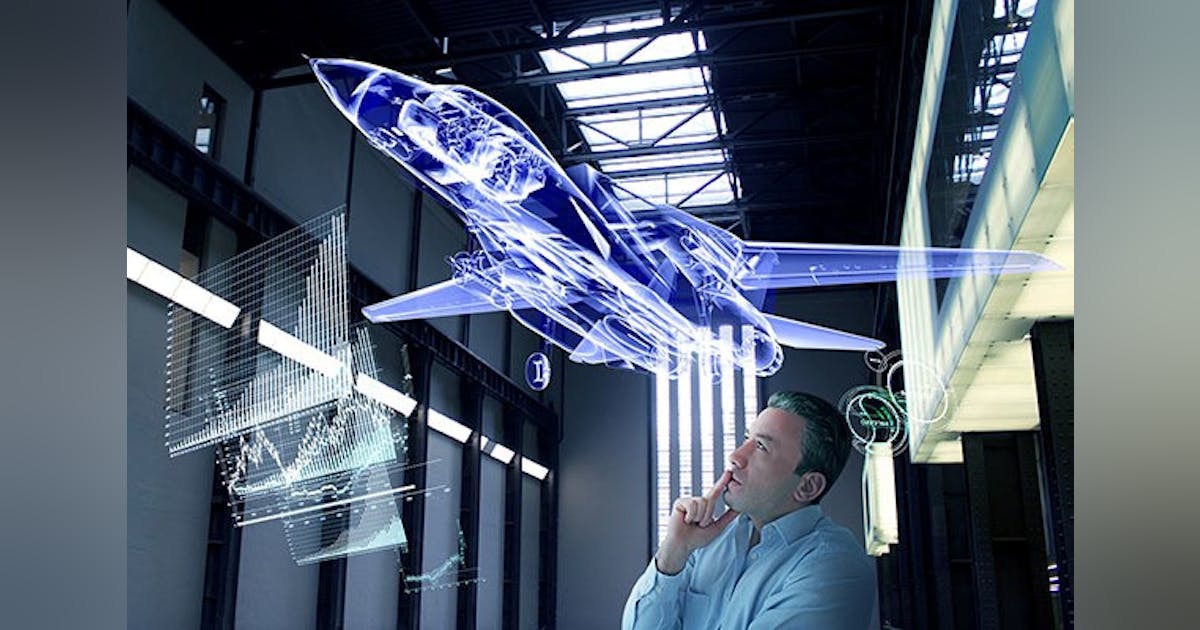“Research is the gateway to breakthroughs. With the best minds, we can reduce noise and fly with net-zero emissions by 2050,” said Acting FAA Administrator Billy Nolen.
The noise-related projects include:
Noise Reduction for New Aircraft
- Examine the potential noise reduction benefits of an over-wing jet engine design concept:
$300,000 to Georgia Institute of Technology.
- Simulate sonic booms in realistic environments to inform the development of noise certification standards for future low-boom supersonic aircraft:
$220,000 to Pennsylvania State University.
- Develop improved supersonic aircraft noise prediction methods:
$850,000 to Georgia Institute of Technology, University of Illinois, Pennsylvania State University, Stanford University.
Noise and Advance Air Mobility Aircraft, Drones and Rotorcraft
- Develop noise models for different types of Advanced Air Mobility vehicles:
$315,000 to Massachusetts Institute of Technology.
- Develop acoustic modeling for Urban Air Mobility vehicles with low noise operations:
$280,000 to Pennsylvania State University.
- Evaluate the noise exposure that could result from large numbers of commercial and private UAS vehicles:
$300,000 to Georgia Institute of Technology.
- Develop noise abatement procedures for helicopters in various phases of flight through computer modeling:
$170,000 to Pennsylvania State University.
Noise and Communities
- Assess and quantify if any correlation exists between aircraft noise, sleep, cardiovascular health and mental health: $1,999,608 to Boston University.
- Investigate the effects of aviation noise on sleep disturbance: $1,077,621 to University of Pennsylvania.
- Estimate if any housing value loss has occurred due to aircraft noise exposure: $300,000 to Massachusetts Institute of Technology.
In addition to the noise reduction and exposure studies, other projects focus on sustainable aviation fuel, alternative jet fuel supply chains, engine technology, commercial space and environmental measurement. Also working on ASCENT projects are teams from Missouri University of Science and Technology, Purdue University, University of Dayton, University of Hawaii, University of North Carolina, University of Tennessee and Washington State University.
“The university teams are creating a new path for the aviation industry and our investments in the research are paying dividends today,” said Assistant Administrator for Policy, International Affairs, and Environment Laurence Wildgoose.
During the past year, the FAA has invested more than $35 million in the ASCENT research effort and more than $130 million since the program began in 2014. Detailed descriptions of all ASCENT projects and the grant amounts can be found her.
In its Aviation Climate Action Plan, the United States set a goal to achieve net-zero greenhouse gas emissions from the U.S. aviation sector by 2050. To achieve it, the FAA:
• Has awarded $100 million to research and scale fuel-saving technologies and noise reductions
• Is deploying software allowing airplanes to roll right to the runway and take off
• Has awarded $327 million to electrify airport gate equipment and vehicles
• Has invested $35 million for universities to help build sustainable aviation fuel supply chains
Find more information about the FAA and its environmental efforts at its Sustainability Gateway Page and its list of action plan accomplishments.
Tags: International Affairs, Environment, Laurence Wildgoose,
